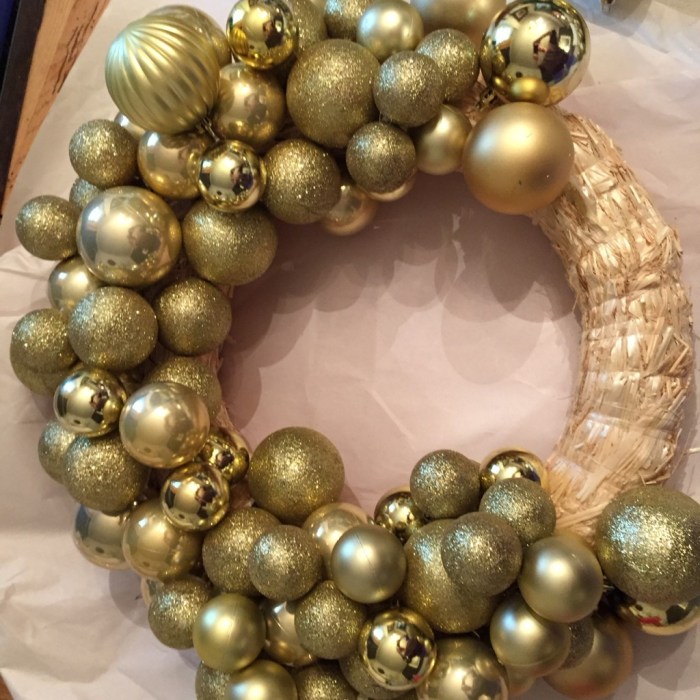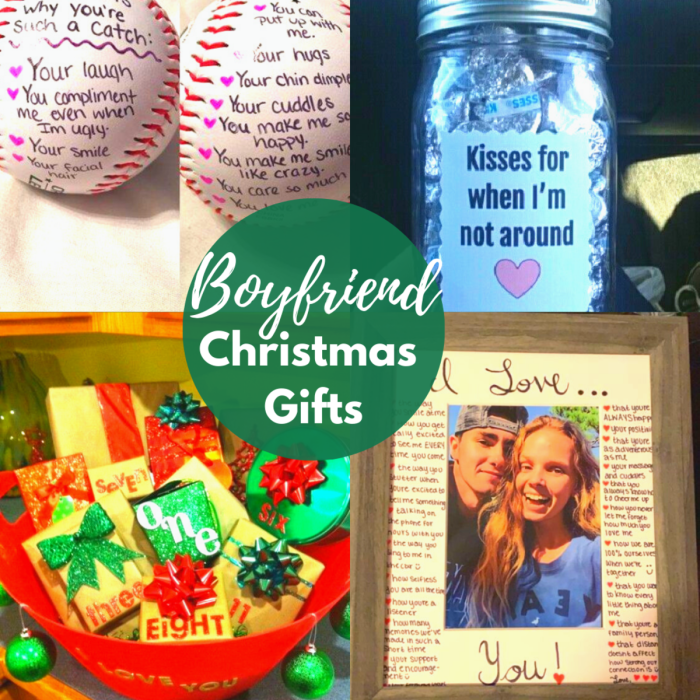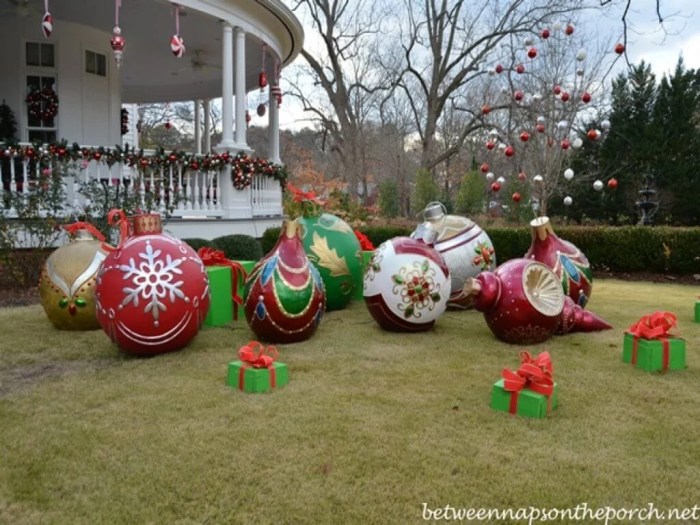Simple Felt Christmas Ornament Designs

Diy felt christmas decorations – Creating felt Christmas ornaments is a delightful and accessible craft, perfect for beginners and experienced crafters alike. The soft texture of felt lends itself beautifully to festive shapes and allows for easy embellishment, resulting in charming handmade decorations. This section explores three simple designs, providing step-by-step instructions for one and highlighting various embellishment techniques.
Easy Felt Christmas Ornament Designs
Three straightforward designs ideal for beginners include simple Christmas trees, stars, and snowmen. These shapes are easy to cut from felt, require minimal sewing, and offer ample opportunity for personalization through embellishments. The simplicity of these designs allows for focusing on the decorative aspects, making them particularly suitable for crafting with children.
Creating a Felt Christmas Tree Ornament
This step-by-step guide details the creation of a simple felt Christmas tree ornament.
- Cut the Felt: Cut two identical Christmas tree shapes from green felt. For a small ornament, aim for a height of approximately 4 inches. Consider adding a small rectangular piece for the tree trunk, cut from brown felt.
- Sew the Tree: With right sides together, carefully sew around the perimeter of the two tree shapes, leaving a small gap at the bottom for turning. A simple running stitch works well.
- Turn and Stuff: Turn the tree right side out through the gap. Lightly stuff the tree with fiberfill or cotton batting to give it a three-dimensional shape.
- Close the Gap: Using a slip stitch or ladder stitch, neatly close the gap at the bottom of the tree.
- Attach the Trunk: Sew the brown felt rectangle to the bottom of the tree to form the trunk.
- Add Embellishments (Optional): Embellish the tree with buttons, beads, sequins, or embroidery as desired (details below).
- Add Hanging Loop: Attach a small loop of ribbon or twine to the top of the tree for hanging.
Felt Ornament Embellishment Techniques
Embellishing felt ornaments significantly enhances their visual appeal and allows for personalization. Several techniques can be employed, depending on skill level and desired effect.
- Embroidery: Simple stitches like running stitch, backstitch, or French knots can add intricate details. For example, you could embroider small stars or snowflakes onto a felt star ornament, or add a whimsical face to a snowman ornament.
- Buttons: Buttons of varying sizes, colors, and textures can be sewn onto the felt to create patterns, faces, or simply add pops of color. Consider using buttons as tree ornaments on a felt Christmas tree, or as eyes and a nose on a felt snowman.
- Beads: Small beads can be sewn onto the felt to create delicate patterns or borders. They can be used to Artikel shapes or add sparkle and shine. Beads can be strategically placed to mimic snowflakes or raindrops on a felt Christmas tree.
Intermediate Felt Christmas Decoration Projects: Diy Felt Christmas Decorations
Stepping up from simple ornaments, intermediate felt projects allow for more complex designs and techniques, resulting in truly unique and personalized Christmas decorations. These projects are perfect for those who have mastered basic felt crafting and are ready to explore more intricate designs and embellishments.
Creating a Felt Christmas Garland
Crafting a felt Christmas garland offers a wonderful opportunity to showcase creativity and personalize your holiday decor. A felt garland can be as simple or as elaborate as you desire, depending on the chosen design and embellishments. The process typically involves cutting out various felt shapes, such as stars, snowflakes, trees, or even small felt animals, and then stringing them together.
To begin, select your felt colors and patterns. Consider using a variety of textures and shades to create visual interest. Once you have chosen your felt, create your chosen shape using a template or freehand cutting. You can use cookie cutters for simple shapes or create your own unique designs. After cutting out numerous shapes, use a needle and thread or strong glue to string them together, leaving some space between each element.
DIY felt Christmas decorations offer a delightful blend of creativity and ease. For those seeking even more straightforward projects, a wealth of inspiration can be found at this helpful guide on easy Christmas DIY decorations , which provides numerous simple ideas. Returning to felt, the soft texture and vibrant colors make it ideal for crafting charming ornaments, garlands, and even miniature Christmas trees, adding a unique handmade touch to your festive décor.
You can add embellishments such as beads, sequins, or small buttons to further enhance the garland’s visual appeal.
For a more rustic look, consider using natural twine or jute instead of thread. You can also vary the size and spacing of the felt shapes to add more visual interest. For example, larger shapes could be interspersed with smaller ones, creating a more dynamic garland.
Designing a Felt Christmas Stocking Pattern
Designing a felt Christmas stocking pattern involves more precise measurements and attention to detail than simpler projects. A well-designed pattern ensures a perfectly proportioned and aesthetically pleasing stocking. The process typically begins with sketching the stocking’s shape on paper, considering the desired size and features. This sketch serves as the foundation for the final felt pattern.
Start by drawing a basic stocking shape on paper. Consider the overall size, the height of the stocking, the width of the cuff, and the shape of the toe. Once you are happy with your sketch, transfer the design onto a piece of sturdy paper or cardstock. This will serve as your template. From this template, cut out your felt pieces, remembering to add seam allowances to your pattern pieces.
This will allow for clean, professional-looking seams. Once all the pieces are cut, assemble the stocking by sewing the pieces together using a simple running stitch or a more decorative stitch, depending on your preference.
To add a personalized touch, incorporate names or initials onto the stocking using embroidery or fabric paint. You can also add embellishments such as buttons, ribbons, or small felt appliqués. The possibilities are endless!
Incorporating Different Textures and Colors into Felt Projects
The beauty of felt lies in its versatility, allowing for the seamless integration of diverse textures and colors. Using various textures and colors elevates felt projects from simple crafts to sophisticated works of art. Consider incorporating different types of felt, such as wool felt, silk felt, or even recycled felt, to create depth and visual interest.
Experiment with various color palettes to create a cohesive and visually appealing design. Consider using complementary colors, analogous colors, or even a monochromatic scheme. To add texture, incorporate elements such as embroidery, beads, sequins, or even small pieces of lace or ribbon. These additions can add a three-dimensional quality to your projects and create a more complex and interesting final product.
For example, a Christmas tree ornament could incorporate a plush wool felt for the tree body, contrasting with a textured felt for the star on top, and perhaps some shiny sequins to represent ornaments. This combination of textures and colors elevates the simple ornament to a more visually stimulating and unique piece.
Sustainable Practices in Felt Crafting

Creating beautiful felt Christmas decorations shouldn’t come at the cost of the environment. This section explores ways to minimize the impact of felt crafting and embrace more sustainable practices, allowing you to enjoy your handmade ornaments guilt-free. We’ll examine the environmental footprint of felt, suggest eco-friendly alternatives, and provide practical tips for reducing waste throughout the crafting process.
Environmental Impact of Felt and Eco-Friendly Alternatives
The production of felt, particularly traditional wool felt, can have environmental consequences. Wool production requires significant land and water resources, and the processing often involves chemicals. Synthetic felts, while sometimes cheaper, are typically derived from petroleum, a non-renewable resource, and contribute to plastic pollution. However, more sustainable options are emerging. Recycled wool felt is a great choice, reducing reliance on new wool production.
Consider also using organic wool felt, produced without harmful pesticides or fertilizers. Plant-based felt alternatives, such as felt made from bamboo or other sustainable fibers, represent a promising avenue for environmentally conscious crafters. These materials offer a lower environmental impact compared to traditional wool or synthetic felts.
Repurposing Leftover Felt Scraps
Instead of discarding leftover felt scraps, view them as opportunities for creative reuse. Small pieces can be combined to create patchwork ornaments, or used to make miniature felt flowers or embellishments for larger projects. Consider saving them in labelled containers to maintain organization. Scraps can also be used to create unique gift tags, coasters, or even to patch up worn items around the house.
The possibilities are limited only by your imagination.
Reducing Waste During the Crafting Process, Diy felt christmas decorations
Careful planning and mindful practices can significantly reduce waste generated during the felt crafting process. Accurate measurement and cutting techniques minimize material scraps. Consider using templates and rotary cutters for precise cuts. Employ efficient storage solutions for felt rolls and scraps to prevent damage and unnecessary waste. Reusable cutting mats and self-healing cutting surfaces extend their lifespan, reducing the need for frequent replacements.
Furthermore, choosing projects that use less felt, or optimizing designs for minimal waste, demonstrates a commitment to sustainable crafting.
Answers to Common Questions
How long does it typically take to make a felt Christmas ornament?
The time varies greatly depending on the complexity of the design. Simple ornaments can be completed in under an hour, while more intricate projects may take several hours.
Can I use felt scraps for smaller projects?
Absolutely! Felt scraps are perfect for smaller ornaments, gift tags, or embellishments.
Where can I purchase felt?
Felt is widely available at craft stores, online retailers, and some fabric stores.
Is wool felt better than polyester felt for Christmas decorations?
It depends on the project. Wool felt is generally softer and more durable, while polyester felt is more affordable and comes in a wider variety of colors.





























0